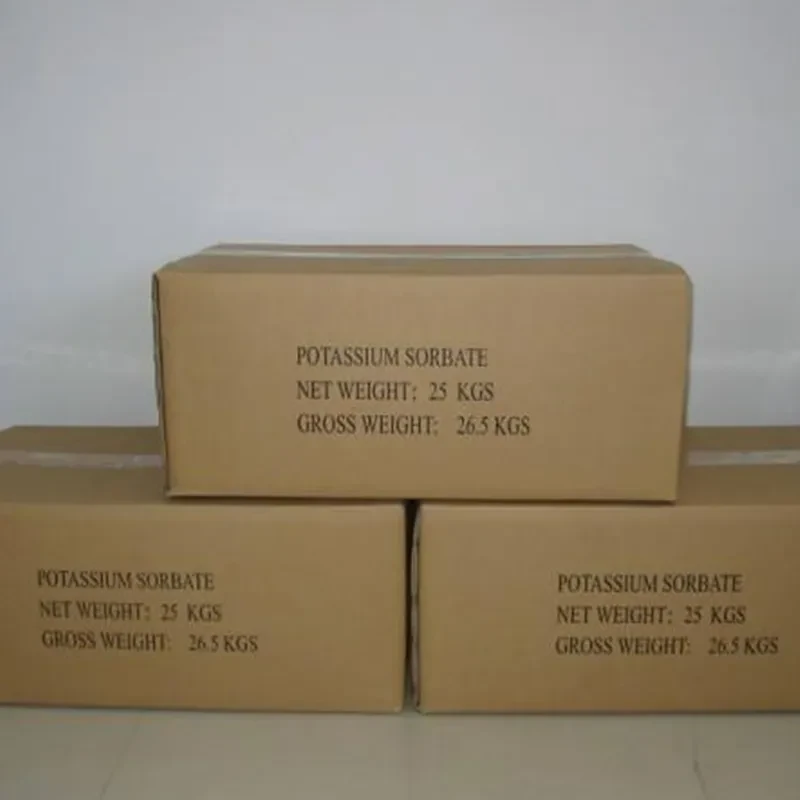
Understanding the Role and Benefits of Soy Lecithin as a Food Additive in Modern Cooking
An Overview of Soy Lecithin as a Food Additive
Soy lecithin is a versatile food additive derived from soybeans, recognized for its emulsifying, stabilizing, and texturizing properties. It has gained notable popularity in the food production industry over the decades, playing a crucial role in ensuring the quality and stability of various food products. This article explores the origins, benefits, applications, and health considerations associated with soy lecithin, positioning it as an essential ingredient in many modern diets.
Origin and Composition
Soy lecithin is extracted from soybean oil during the refining process. It contains a combination of phospholipids, fatty acids, and triglycerides, with phosphatidylcholine being the most abundant phospholipid. This unique composition allows soy lecithin to act effectively as an emulsifier, a compound that helps blend ingredients that usually do not mix well, such as oil and water.
Benefits of Soy Lecithin
1. Emulsifying Properties The primary function of soy lecithin in food applications is as an emulsifier. It helps blend ingredients together, preventing separation and ensuring a uniform texture. This quality is vital in products like salad dressings, sauces, and chocolate.
2. Improved Texture In baked goods, soy lecithin acts as a dough enhancer, improving the texture and shelf life of products. It helps retain moisture and can create a lighter, fluffier final product. This has made it a popular ingredient in bread, cakes, and pastries.
3. Nutritional Value Soy lecithin is rich in choline, a nutrient important for liver function, brain development, and muscle movement. It also contains essential fatty acids, which are vital for overall health. As a dietary supplement, soy lecithin is often marketed for its potential health benefits, including promoting cognitive function and supporting cardiovascular health.
4. Natural Stabilization In addition to its emulsifying properties, soy lecithin can stabilize other ingredients in food formulations, preventing degradation during storage and extending shelf life. This is particularly valuable in processed foods, which are often subject to long shelf times.
soy lecithin food additive

Applications in Food Products
The applications of soy lecithin in the food industry are extensive. It is commonly used in
- Baking As a dough conditioner, it enhances the quality and texture of bread and pastries. - Confectionery In chocolate production, it helps maintain a smooth consistency and prevents the cocoa butter from separating. - Dressings and Sauces Soy lecithin allows for a stable emulsion in products like mayonnaise and vinaigrettes. - Dairy Alternatives Plant-based milks and creams often contain soy lecithin to improve texture and emulsification.
Health Considerations
Despite its numerous benefits, some consumers express concerns regarding soy products, particularly due to potential allergies or hormonal effects associated with soy. However, studies have generally indicated that the consumption of soy lecithin is safe for most individuals. It is essential for consumers to consult healthcare professionals if they have specific allergy concerns.
Furthermore, soy lecithin is often considered a non-GMO product when derived from organic soybeans, making it an attractive option for health-conscious consumers and those avoiding genetically modified organisms.
Conclusion
Soy lecithin serves as a vital food additive in today’s culinary landscape. Its emulsifying properties, nutritional benefits, and ability to enhance texture make it a preferred ingredient in a wide range of food products. As the demand for cleaner labels and natural ingredients rises, soy lecithin stands out as a valuable asset, providing both functionality and benefits that cater to modern dietary preferences. Whether in a loaf of bread or a bar of chocolate, soy lecithin plays a key role in the food we consume every day.
-
Nitrile Rubber Honoring Strict Production StandardsNewsAug.22,2025
-
Aspartame Ingredients Honoring Food Safety ValuesNewsAug.22,2025
-
Fertilizer for Balanced Plant NutritionNewsAug.22,2025
-
Cyanide Gold Processing with High Purity AdditivesNewsAug.22,2025
-
Formic Acid in Textile Dyeing ApplicationsNewsAug.22,2025
-
Aluminum Hydroxide Gel in Skincare ProductsNewsAug.22,2025
-
Regulatory Compliance for Global Mining Chemicals UseNewsAug.12,2025
Hebei Tenger Chemical Technology Co., Ltd. focuses on the chemical industry and is committed to the export service of chemical raw materials.
-

view more DiethanolisopropanolamineIn the ever-growing field of chemical solutions, diethanolisopropanolamine (DEIPA) stands out as a versatile and important compound. Due to its unique chemical structure and properties, DEIPA is of interest to various industries including construction, personal care, and agriculture. -

view more TriisopropanolamineTriisopropanolamine (TIPA) alkanol amine substance, is a kind of alcohol amine compound with amino and alcohol hydroxyl, and because of its molecules contains both amino and hydroxyl. -

view more Tetramethyl Thiuram DisulfideTetramethyl thiuram disulfide, also known as TMTD, is a white to light-yellow powder with a distinct sulfur-like odor. It is soluble in organic solvents such as benzene, acetone, and ethyl acetate, making it highly versatile for use in different formulations. TMTD is known for its excellent vulcanization acceleration properties, which makes it a key ingredient in the production of rubber products. Additionally, it acts as an effective fungicide and bactericide, making it valuable in agricultural applications. Its high purity and stability ensure consistent performance, making it a preferred choice for manufacturers across various industries.





